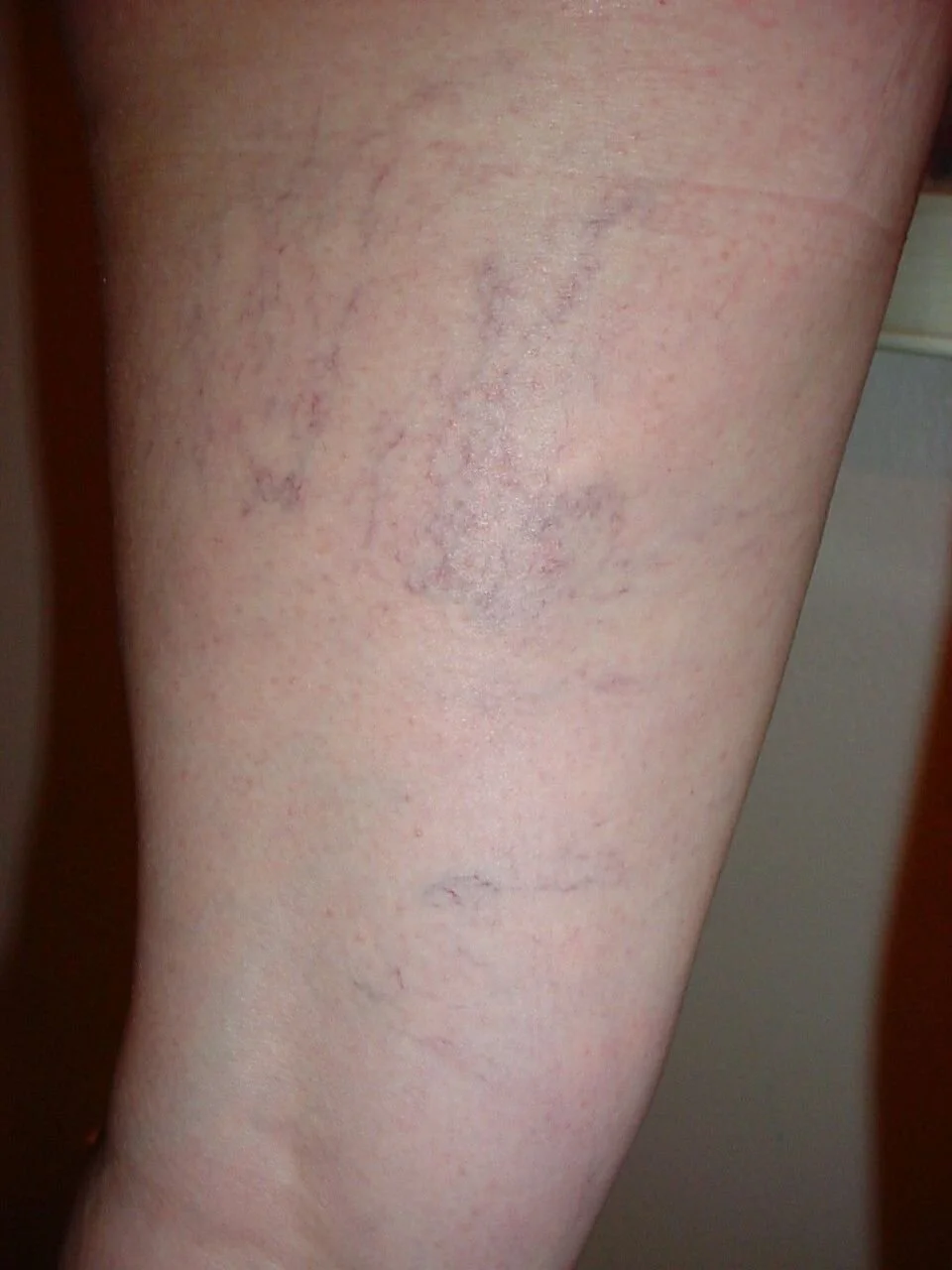How are spider veins different from varicose veins?
Title: Spider Veins vs Varicose Veins: Decoding the Differences
For many people, varicose veins and spider veins are often considered interchangeable terms, but in the medical world, these two conditions are distinct from each other. They both may be unsightly and occasionally painful, but they have different causes, symptoms, and treatment options. This blog post aims to shed light on the differences between spider veins and varicose veins to help you better understand these common vascular issues.
Spider Veins: An Overview
Spider veins, medically known as telangiectasias, are small, thin blood vessels that are visible just beneath the skin's surface. They are called 'spider veins' because they often spread out in a web-like pattern. Spider veins can be red, purple, or blue and usually appear on the legs and face. They are generally painless and cause no health problems.
Varicose Veins: An Overview
Varicose veins, on the other hand, are larger, swollen blood vessels that twist and turn. They are usually blue or dark purple and are often lumpy, bulging, or twisted in appearance. Varicose veins most commonly occur in the legs due to the pressure of body weight, the force of gravity, and the task of carrying blood from the bottom of the body up to the heart.
Differences Between Spider Veins and Varicose Veins
1. Size and Appearance: Spider veins are smaller, flat, and closer to the skin's surface, while varicose veins are larger, raised, and swollen.
2. Symptoms: Spider veins usually don’t cause discomfort, while varicose veins can cause aching pain, throbbing, and discomfort, especially after standing or sitting for long periods of time.
3. Location: Spider veins are commonly found on both the legs and the face, whereas varicose veins typically develop in the legs.
4. Health Risks: While spider veins are usually harmless, varicose veins may lead to complications like venous leg ulcers, skin discoloration, or blood clots if left untreated.
Treatment Options
Treatment for both conditions usually aims to alleviate symptoms, improve appearance, and prevent complications. Lifestyle changes like regular exercise, maintaining a healthy weight, and wearing compression stockings can help manage both conditions.
In terms of medical treatments, sclerotherapy, laser treatments, and endovenous thermal ablation are common for both spider and varicose veins. However, larger varicose veins may require more invasive procedures like ligation and stripping or endoscopic vein surgery.
Conclusion
Although spider veins and varicose veins may seem similar, they are distinct conditions with different implications and treatments. If you're concerned about either, it's important to consult with a healthcare provider or a vein specialist. They can provide a proper diagnosis and guide you to the most effective treatment plan for your specific needs. Remember, understanding the difference between these two conditions is the first step towards effective management and treatment.
